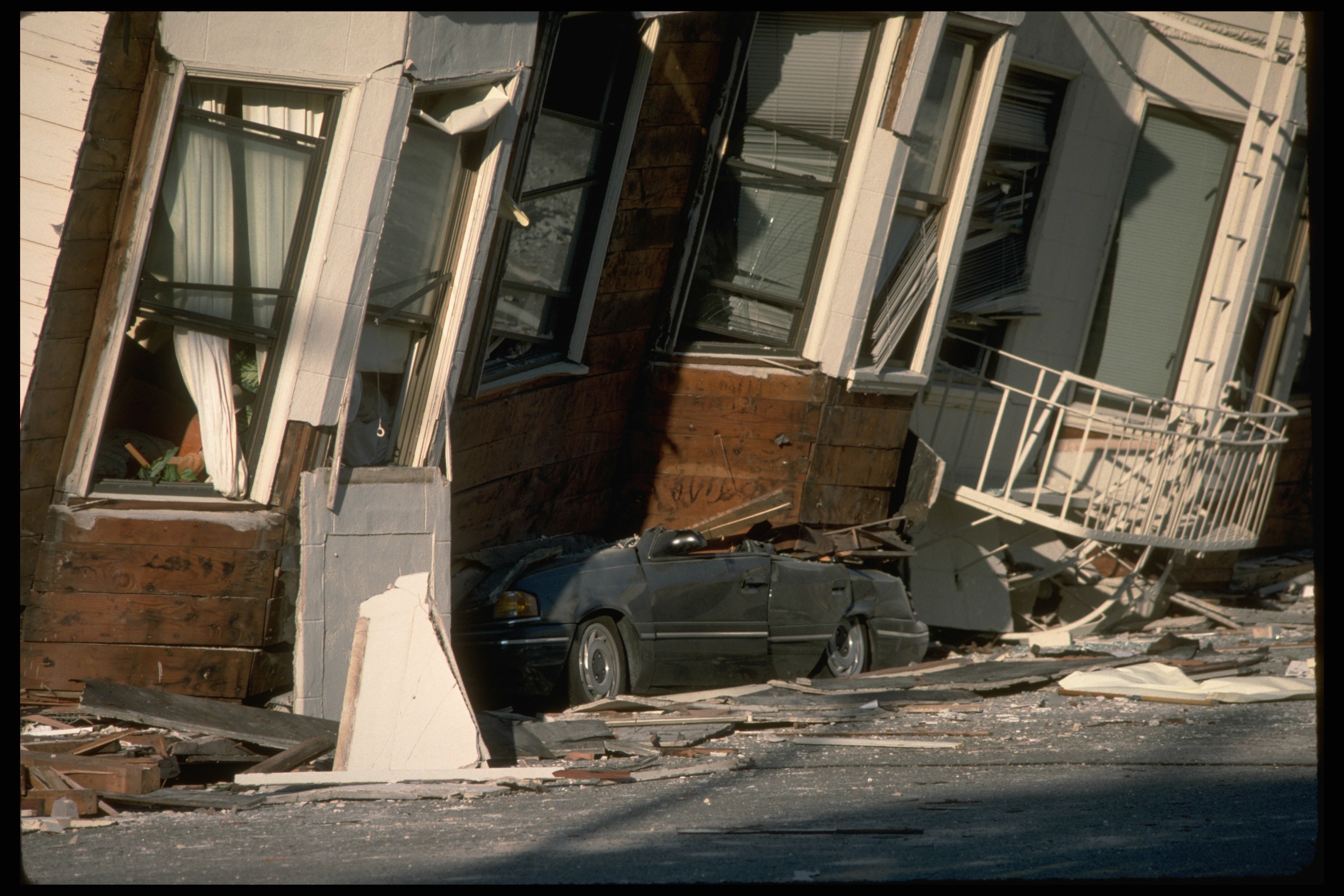Earthquakes and Tsunamis

Earthquakes and tsunamis are among the deadliest natural disasters our civilization encounters. The worst disasters can cause billions of dollars in damage and hundreds of thousands of lives. As destructive and devastating as these hazards are, they are also natural geologic processes that can be scientifically interrogated and understood. With some scientific study of these disasters, it is possible to analyze the damage and possibly provide advance warnings to areas that may be affected by earthquakes. This is where science can improve the well-being of society. In this lab, we will learn the fundamentals of waves, earthquakes, and tsunamis.
LEARNING OBJECTIVES
After completing the exercises and reading the text, you should be able to…
- Compare and contrast the three types of seismic waves
- Explain how earthquakes are monitored, located, and measured
- Explain where earthquakes occur in relation to plate boundaries
- Describe the hazards associated with Earthquakes
- Identify strategies to survive earthquakes
- Explain the properties of tsunamis

